Drivel Starved Nation,
This is a long post, and it is full of pics. So there DSN, lots of Drivel! (If you have slow internet, you may have to wait a bit for all the pics to download).
Our last day together on the Epic Bridge City China Field Trip was spent at the Hong Mu Arts Museum. This 30,000 square meter facility was built specifically to honor Mr. Yang, the Hong Mu Master. He is China’s most famous woodworker and is a national treasure. The museum was privately funded (just under $40 million USD) by a wealthy real estate mogul who is living the giving chapter of his life. The museum is private and when complete next year, the grounds will include the now finished museum, a tea garden and a brand new private residence for Mr. Yang and his lovely wife. Attendance is by invitation only.
We were all warmly received as you can see here;

Mr. Yang and I are the same age (old) and share a ready sense of humor. (While at dinner, he commented that when he visited New York city he had no money. I quickly gave him $2 bucks for his next trip which was a good for a long 5 minute laugh.) More important, his passion for his work is unrelenting and his productivity is actually unbelievable. He is one of “those guys” that does not have an enemy in the world, and it is really an honor to call him a friend.
All of his furniture is made out of an Asian dalbergia species (rosewood). All of it. And get this, in his pieces you are going to see below, NONE of them have a finish. That is not a typo, NO FINISH. It is simply the luster of the wood rubbed to a lacquer-like finish. Incredible.
When you first walk into the museum you see a large rosewood log on display and immediately to the left is an area of wood carvings from about 50 different countries. Here are a couple;

If you turn to the right, there is an entire floor dedicated to student work.The pieces you see below are made from ONE piece of wood (no joinery). This is just a sample of the incredible work. The students spent one year on their projects.
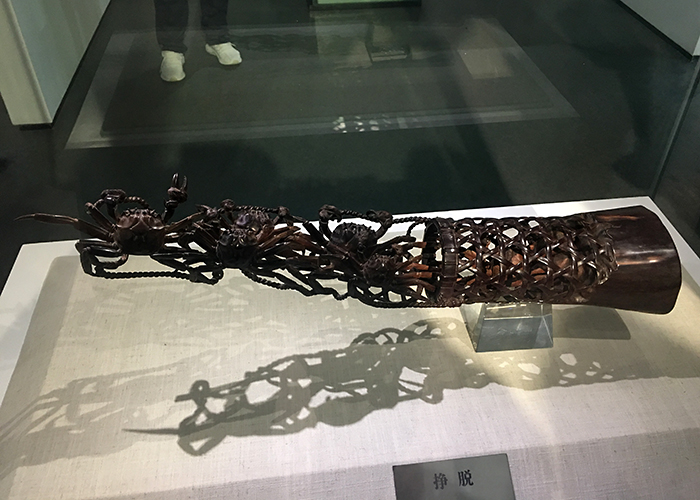
What follows below are examples from the three floors of Mr. Yang’s work. Many of the pieces are grouped as they might appear in a residence. The “paintings” interspersed in the images below are all silk embroideries. They are all worth fortune! Even more amazing, this furniture was all crammed into his house on my visit last year!
Enjoy the images.
This is a our equivalent of a “love seat”. The center section is for tea, and the couple sit cross-legged facing each other. The flexibility needed to sit like this does not exist in my body. Anywhere.
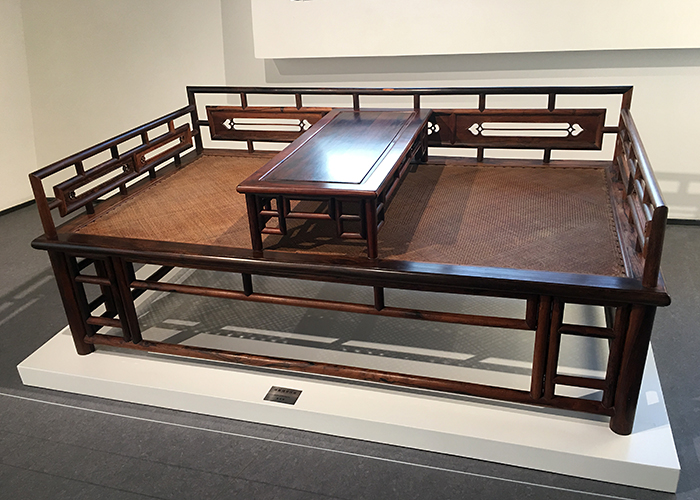
I love the texture in this piece!

This is Mr. Yang’s bed and it took him 5 years to make it. Most of the pieces you see here took over a year and the reason is simple, the rosewood was not kiln dried. He would work on a piece, let is sit for a month or two, do more work, repeat.

The piece below is Mr. Yang’s masterpiece. It is an original variation of a Ming Dynasty chair using bamboo as a theme. It is exquisite.

This tour-de-force of craftsmanship was unreal. This bird cage is made out of rosewood and it is all mortise and tenon joints;
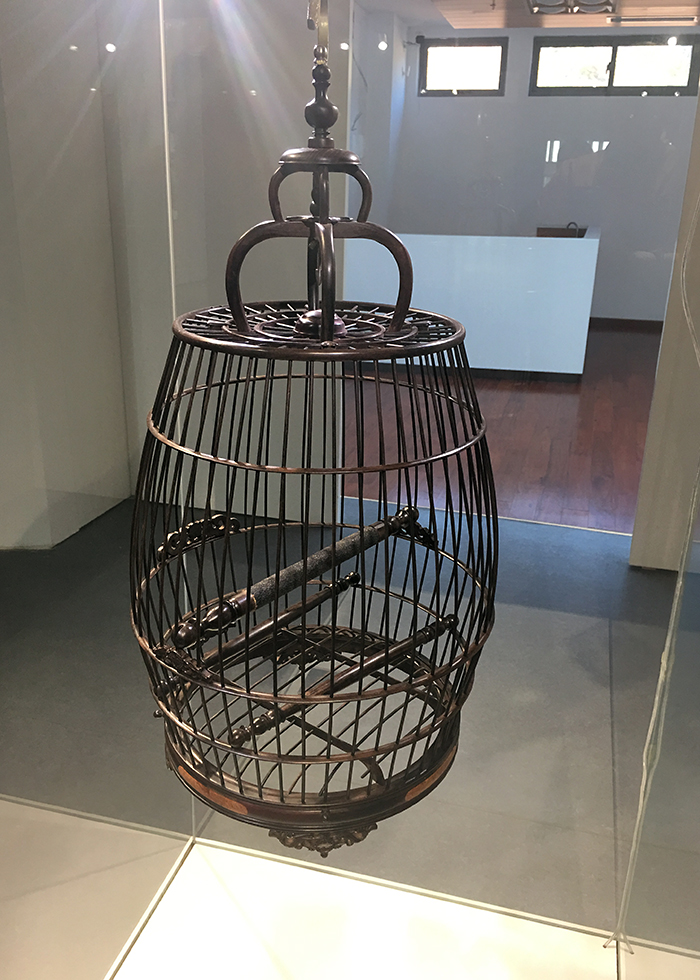
The lasting influence of Chinese furniture design is never more evident than Han’s Wagner’s tribute to furniture from the Ming Dynasty in his Wishbone Chair below;
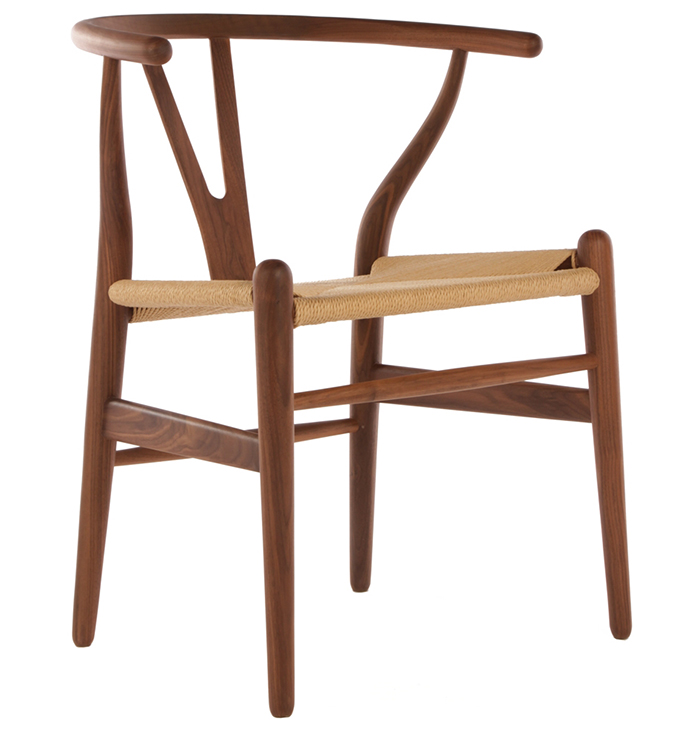
I don’t know about you, but I feel really insignificant in the shadow of the Hong Mu Master. What an experience.
-John

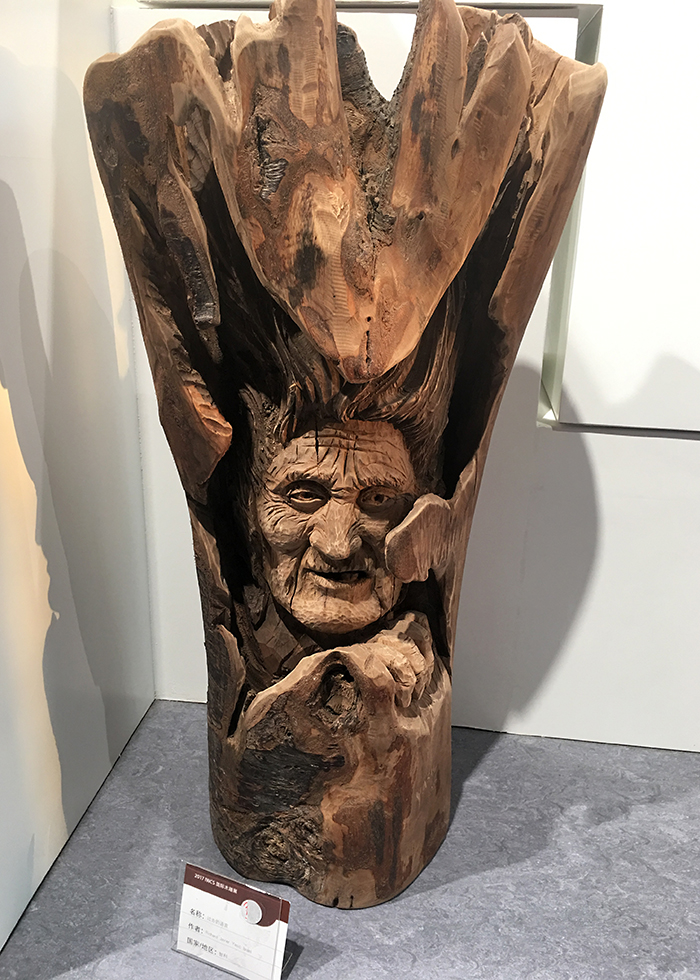
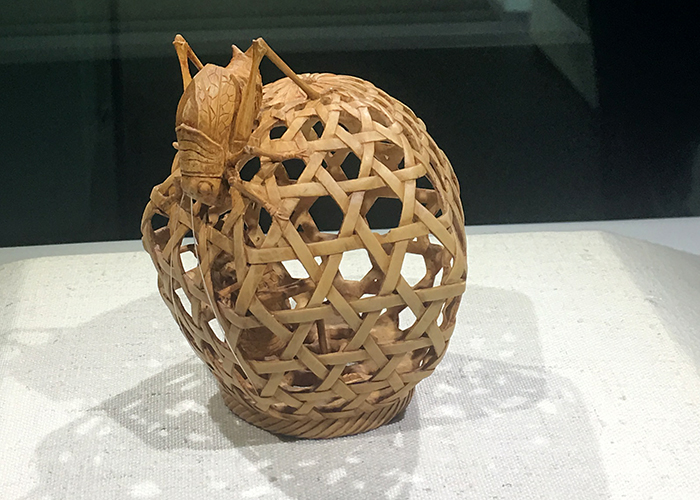

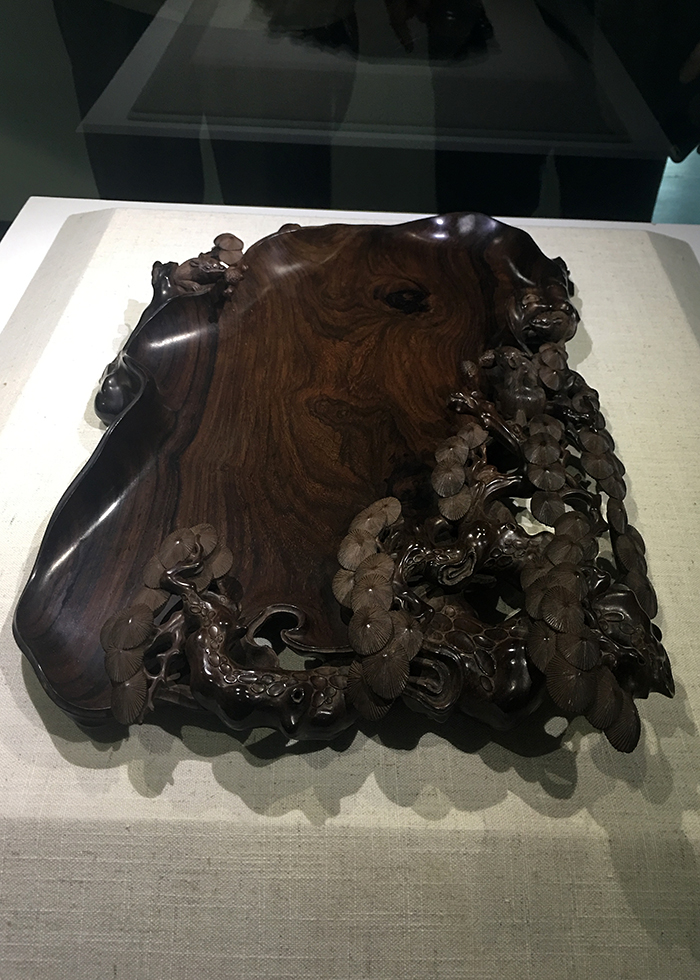
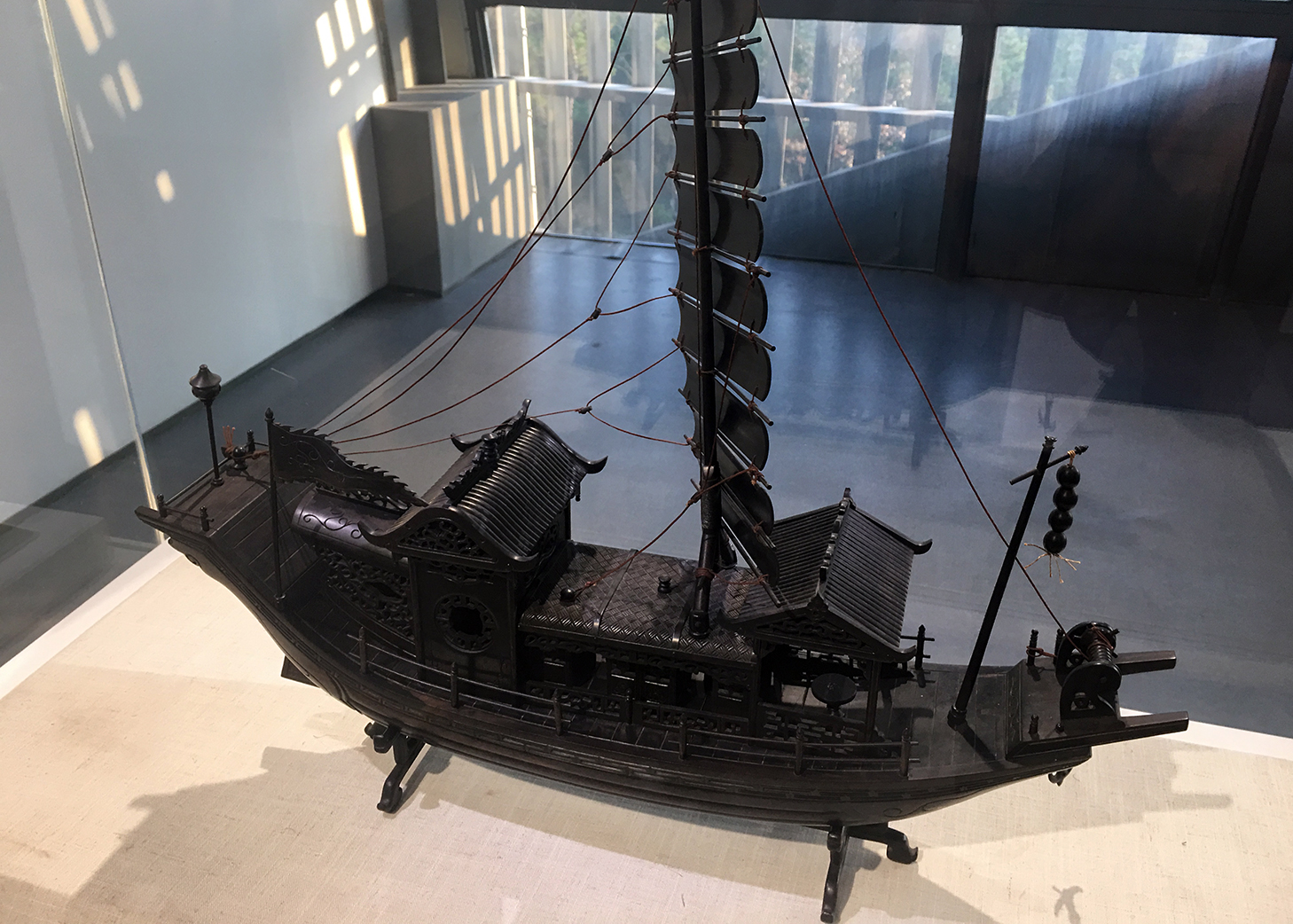

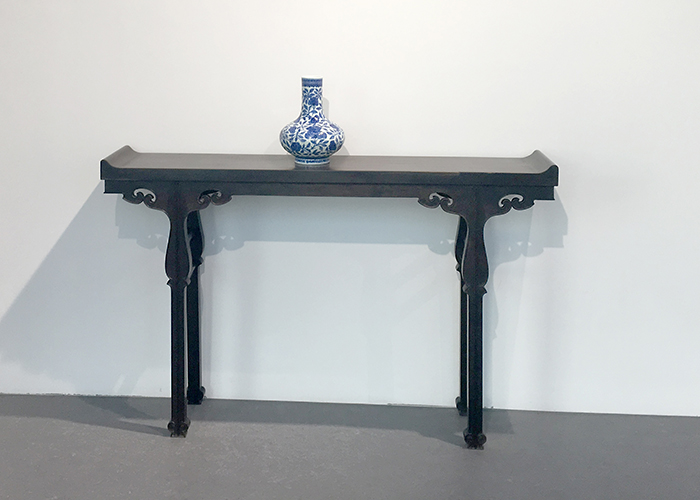
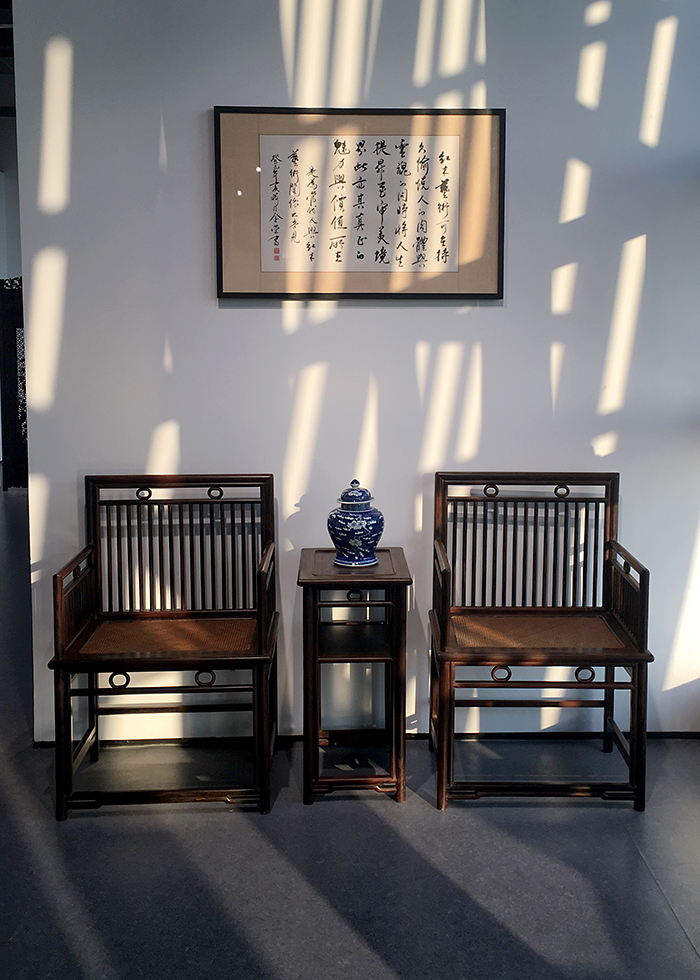



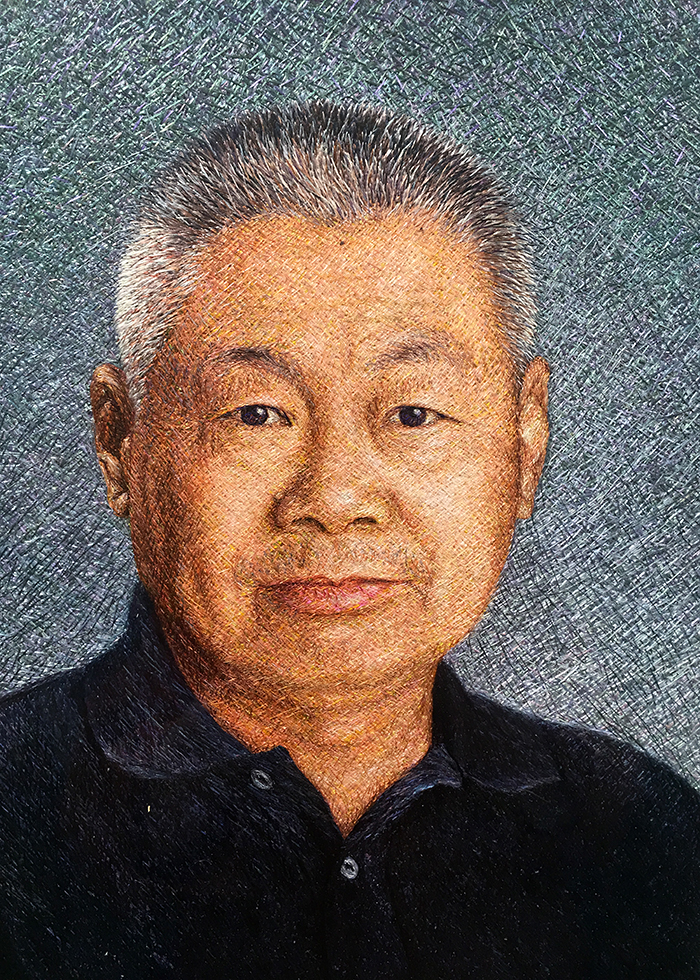


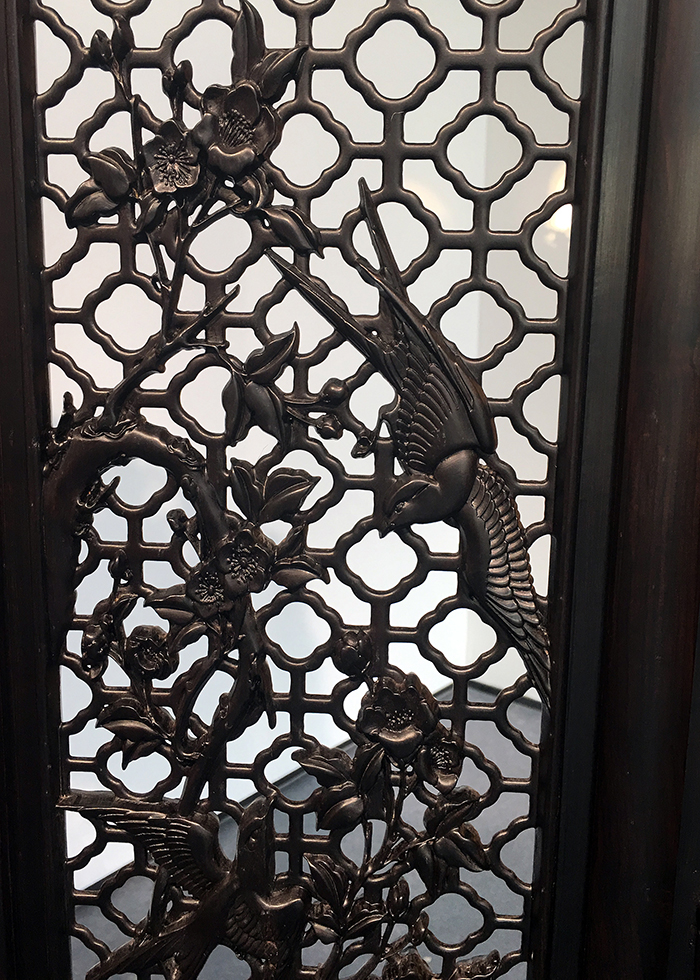

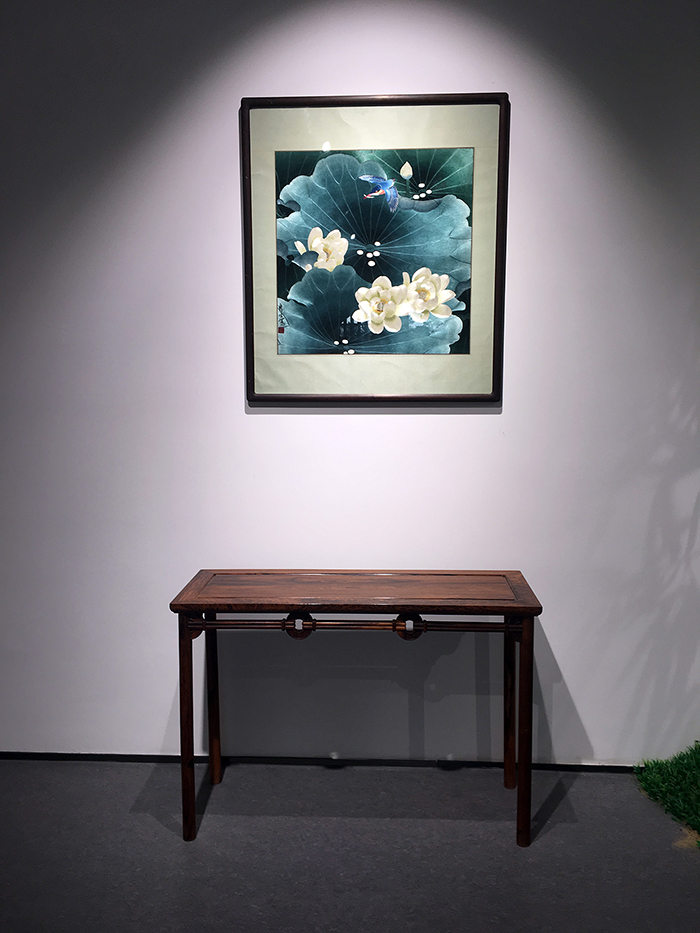
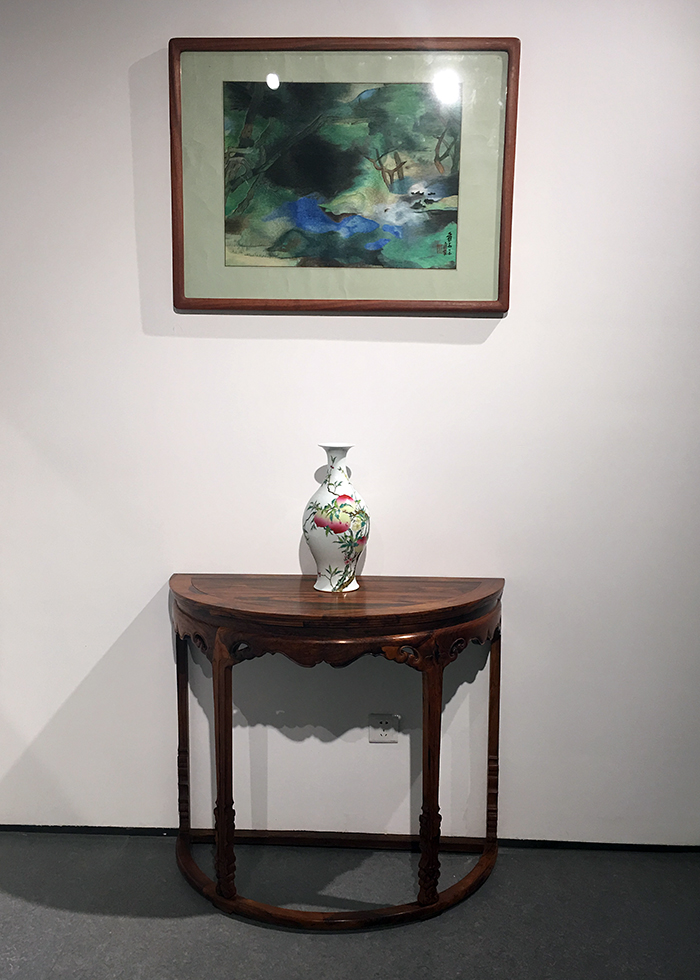

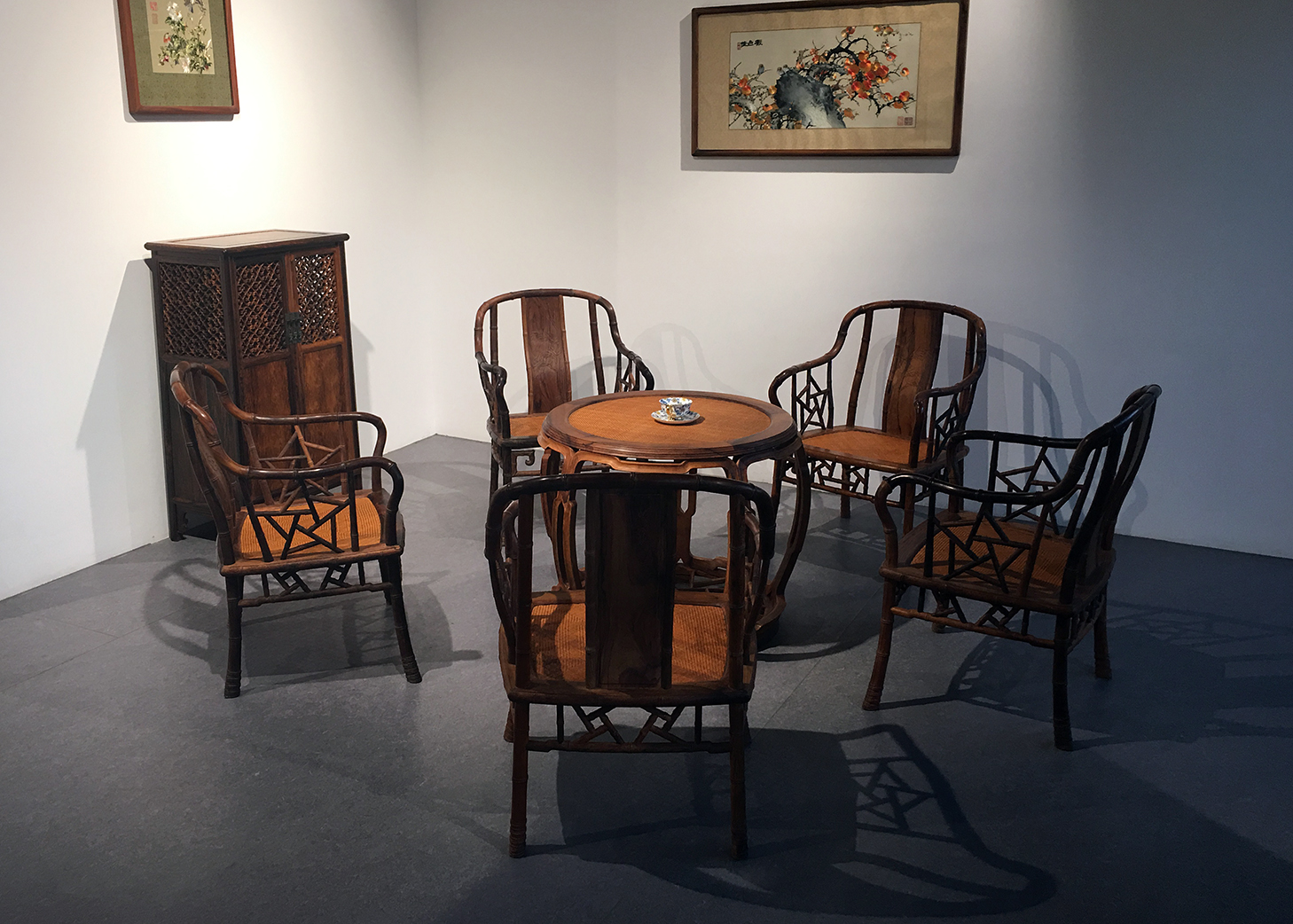
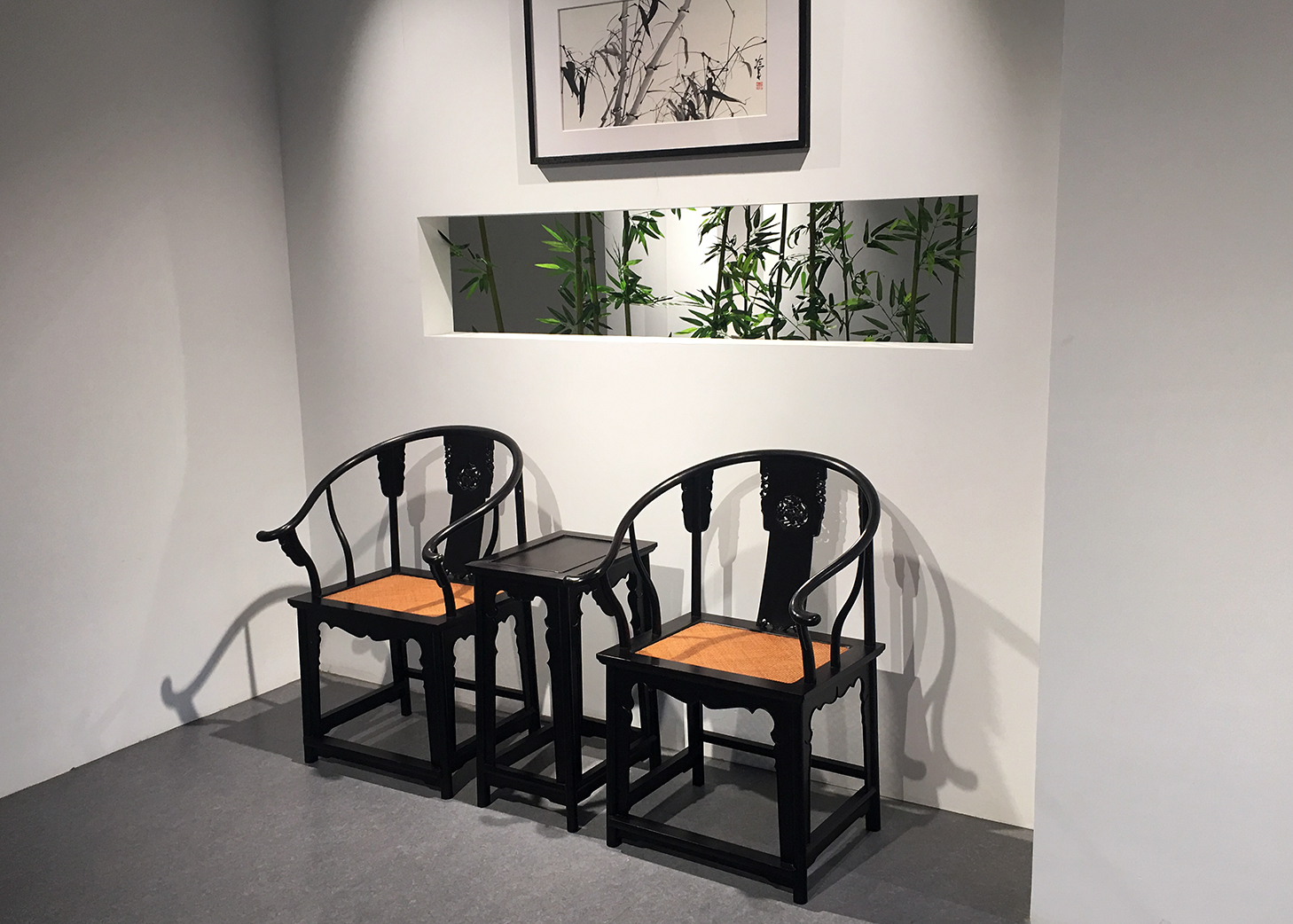


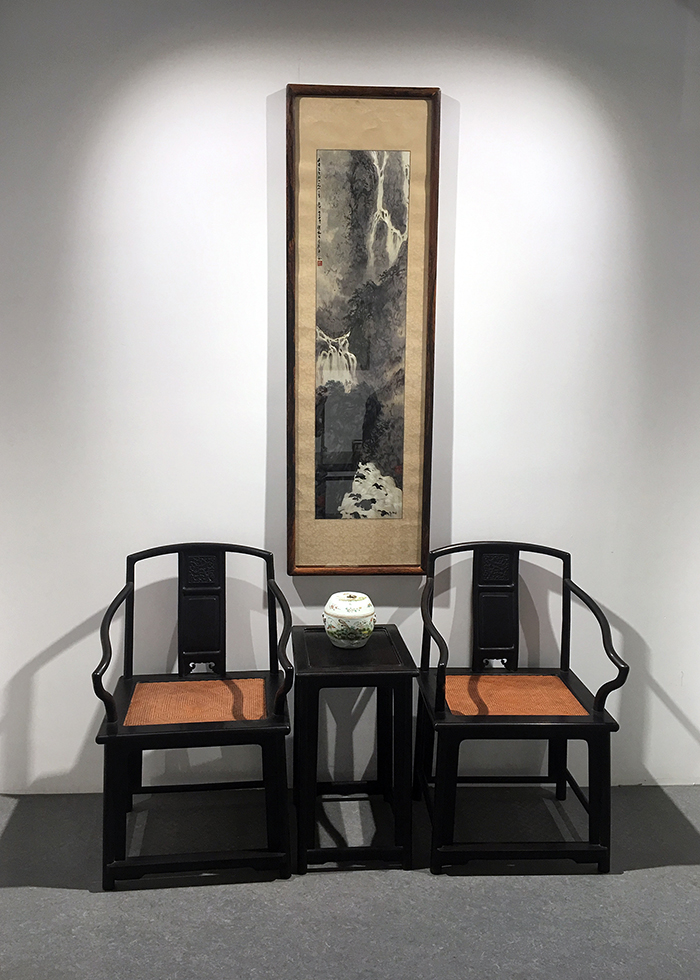


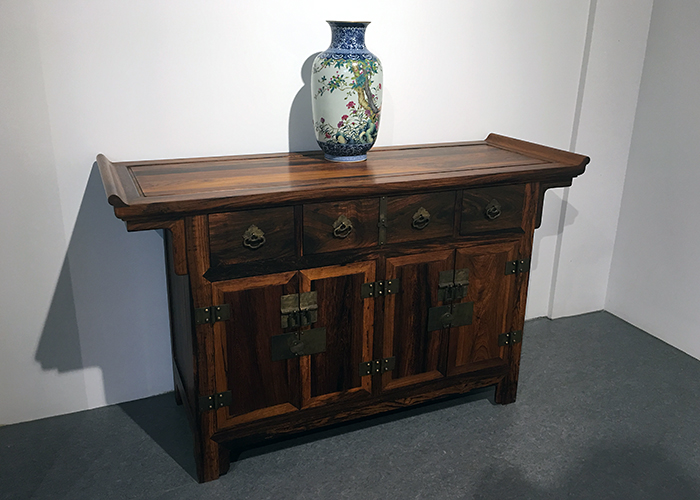
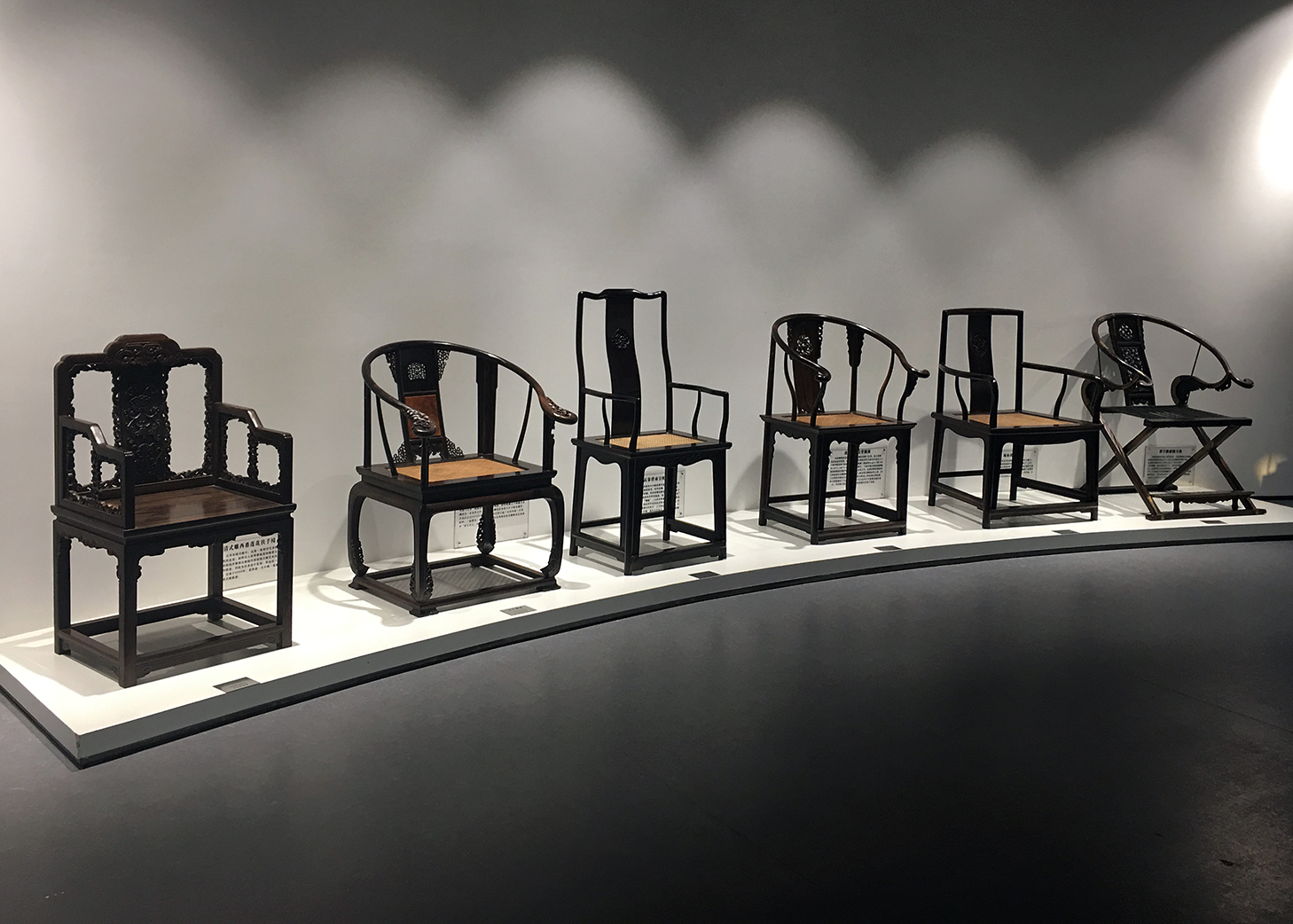

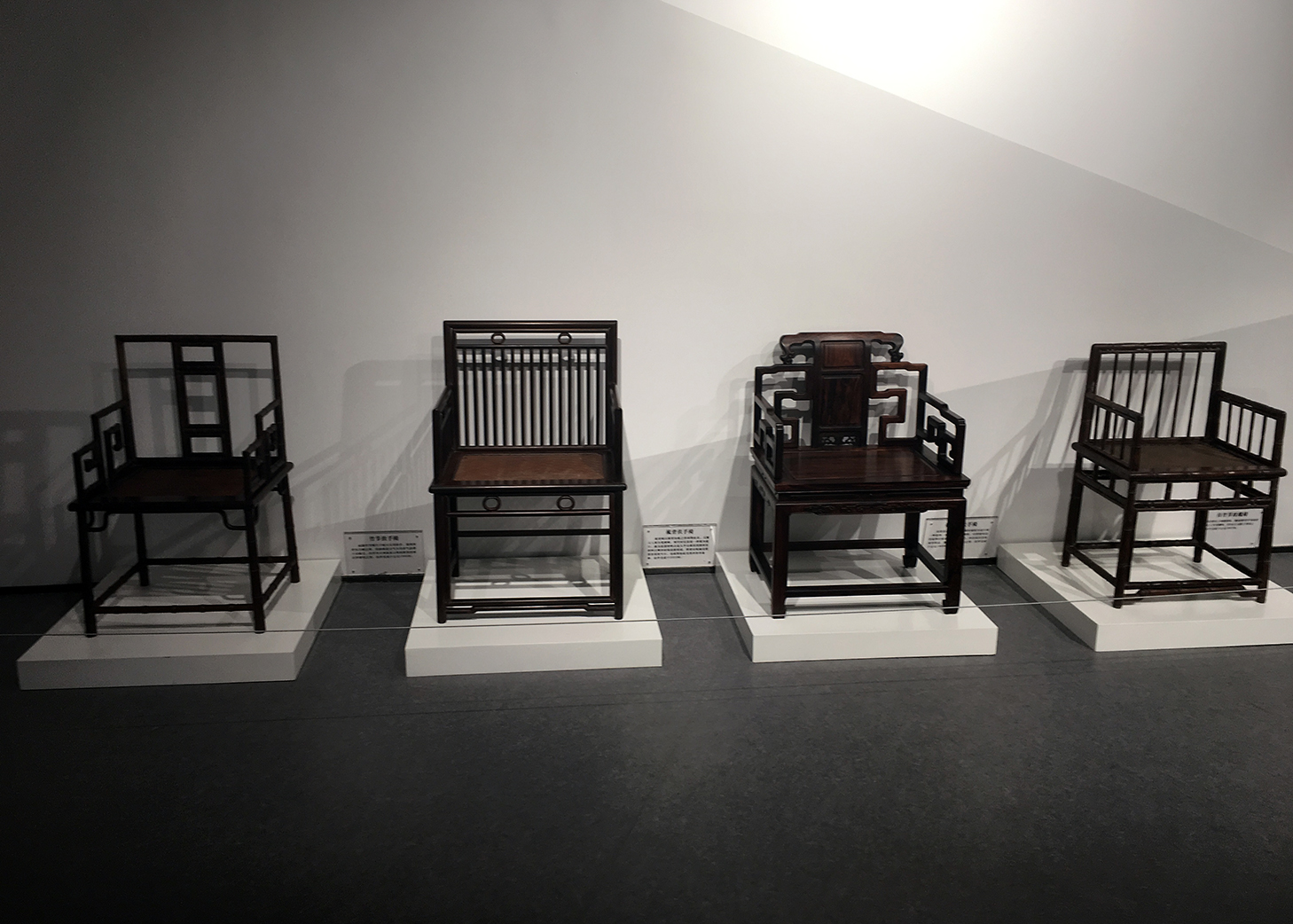
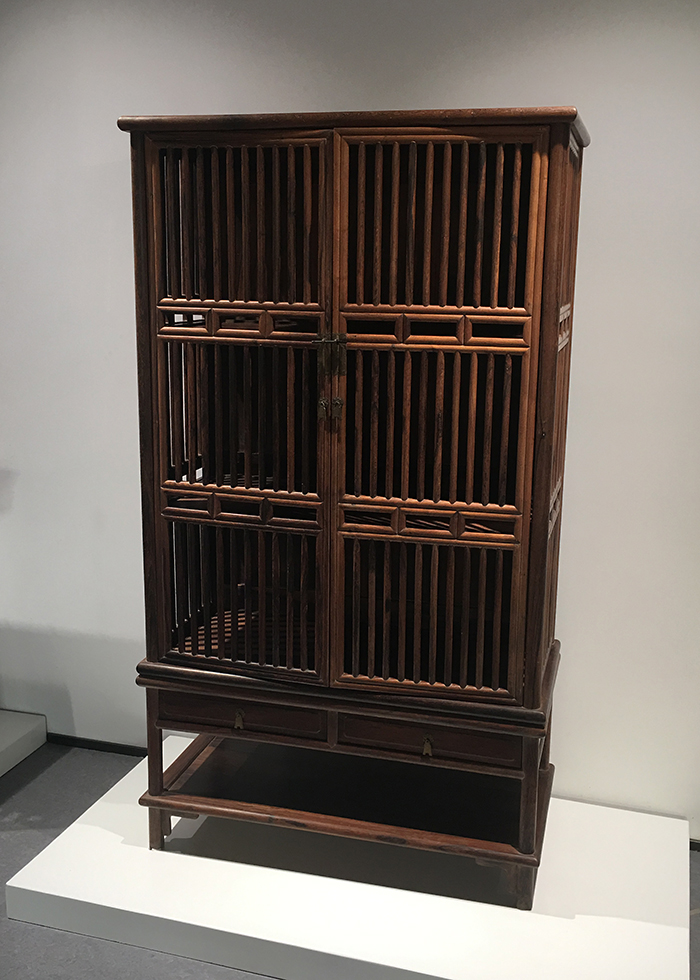


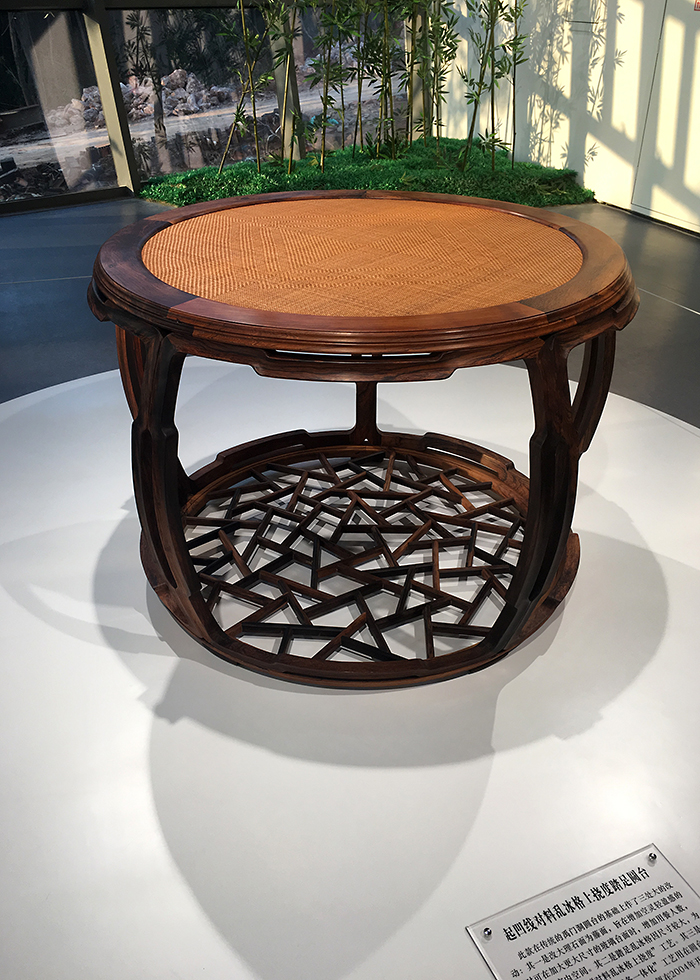
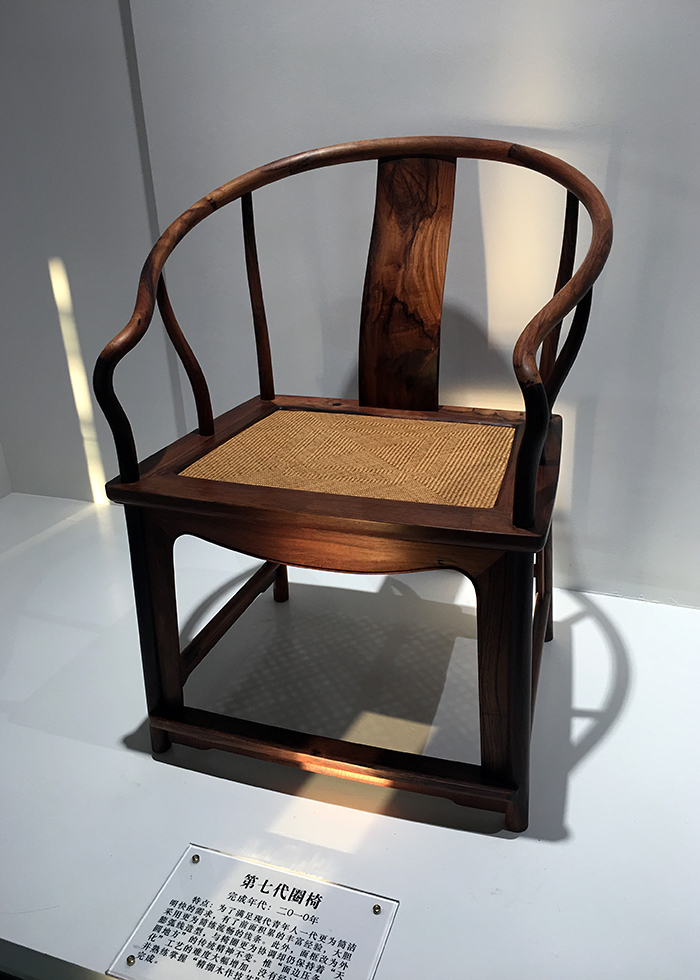
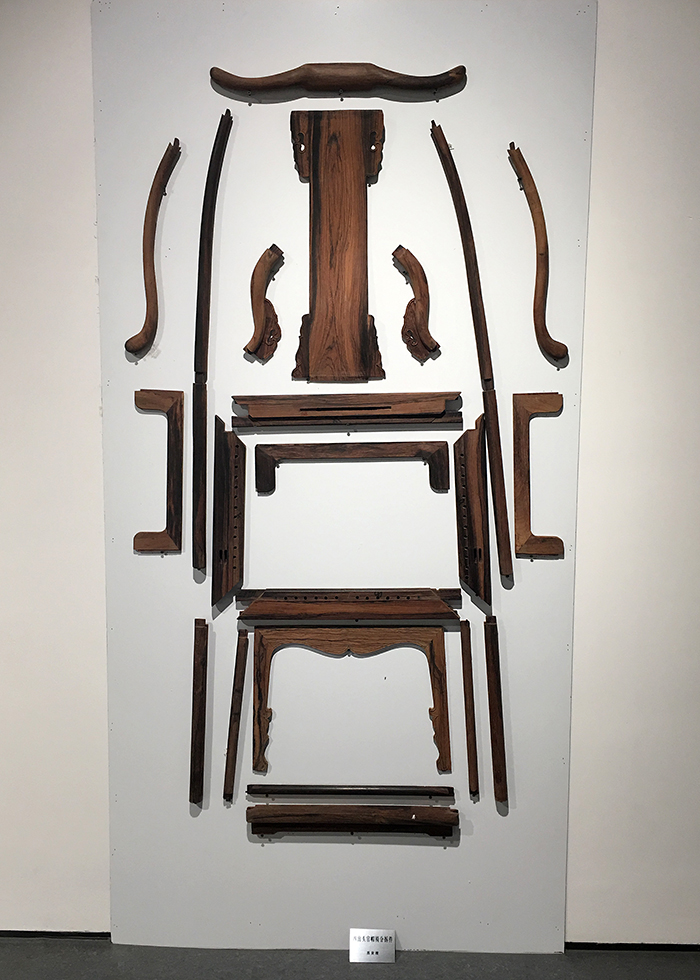
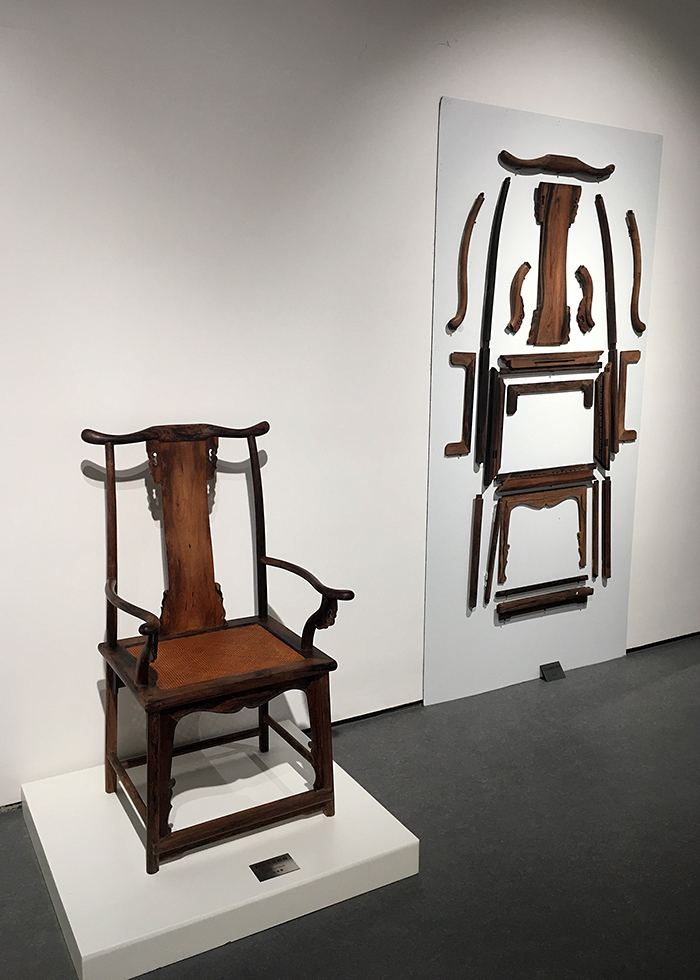
John, Thank you for the pics and diary. One thing I’ve wondered for some time is what “Hong Mu Master” means. I realize the obvious–he is a master of Chinese furnituremaking–and from your description, it sounds like he’s a singular figure in China. But is he “a” Hong Mu Master or “the” Hong Mu Master? Is it a title given out by the Chinese government or a private entity?
I did my due diligence Googling before asking 🙂
Dave,
As I understand it, Hong Mu is a reference to rosewood. It’s the only wood he uses!
Fantastic photos, John. Thanks for the tour update. Quite a trip. And what a country.
neil
Thanks and you are most welcome!